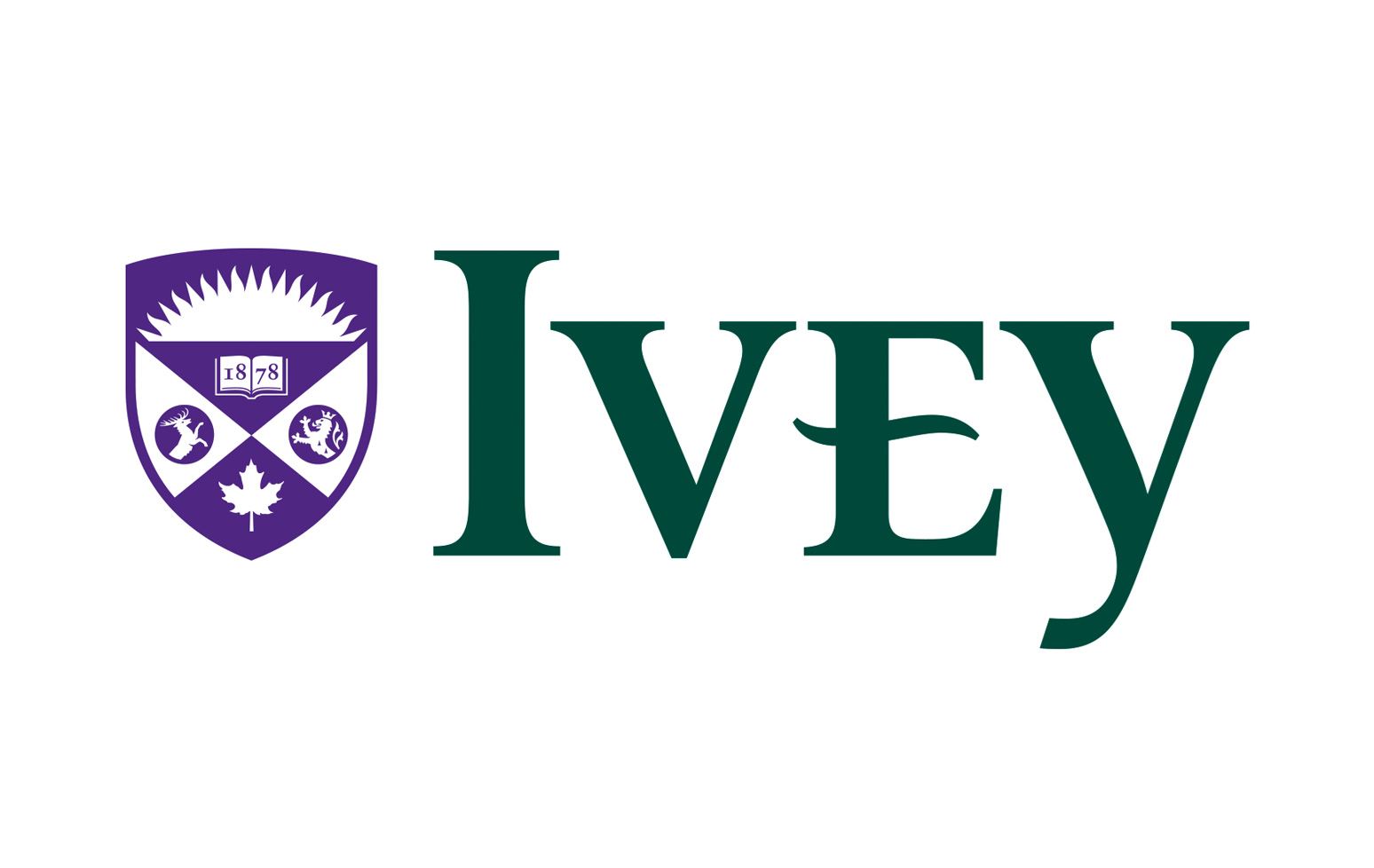One of the judges made her way to the podium to announce the next finalist. The tension was palpable among the 200 students who had travelled from all over the world to compete in the Hult Prize’s regional round of competition in England’s capital.
The Hult Prize is the world’s largest social enterprise competition that provides $1-million in seed funding to the group of students with the best solution to a defined social problem.
The students from more than 60 schools who had gathered in London had put in hundreds of hours to develop a compelling six-minute pitch to solve one of the world’s most pressing problems: low income. Specifically, this year’s challenge was to double the income of 10 million people living in crowded urban spaces by 2022. One of the speakers aptly referred to this as a “big hairy audacious goal,” a term coined by business consultant James Collins. But who better to address this hairy problem than a group of young, self-assured students from universities around the world with a resolve to make the world a better place?
Back to the judge. Four finalists had already been announced, with two open spots remaining, and she was about to announce one of them. Our team hoped our name would be called next. We were confident in our business model and were ready to represent our school, and Canada, on the global stage. “This team impressed us with their knowledge of the topic, and with their partners on the ground. Quite frankly, they made human waste sexy. The next finalist is the Ivey Business School,” the judge said, with a certain panache.
We were ecstatic. Our team of four made our way to the stage in the dimly lit Museum of London, ready to pitch our bold idea: improving income potential through better sanitation, by turning human waste into energy. It’s a crappy (pun intended) topic, but one that needs to be explored because it could very well be the future of renewable energy. It was fitting that the final presentations were in the Museum of London, a space filled with ancient examples of innovative solutions, from prehistoric axes to medieval ships.
As we began presenting, my mind flashed back to the countless days and nights we spent working on a solution to this problem. For us, this was more than just a competition. It was a unique opportunity to apply everything we had learned in business school to tackle a social problem that we were passionate about. We applied what we learned in our strategy class to develop a distinct value proposition, what we learned in our leadership class to work effectively as a team, what we learned in our marketing class to promote cultural adoption of our solution, and so on.
We live in a world where sadly there is no shortage of problems to solve. It was inspiring to look out into the audience and see students ready to address these problems in a sustainable way. Optimism is certainly their greatest strength.
Each member of our team presented part of the pitch, just as we had rehearsed many times. Our extensive research paid off during the Q&A session when we were able to thoughtfully answer the judges’ tough questions.
In the end, we weren’t selected as the winner to advance to the Hult’s final round, but the positive feedback we received from the judges and other students was tremendously encouraging. The experience of travelling to London, of presenting our idea to some of the top minds in social enterprise, and of coming together as a team has been immensely rewarding. It is, and will remain, one of my most memorable experiences in business school.
